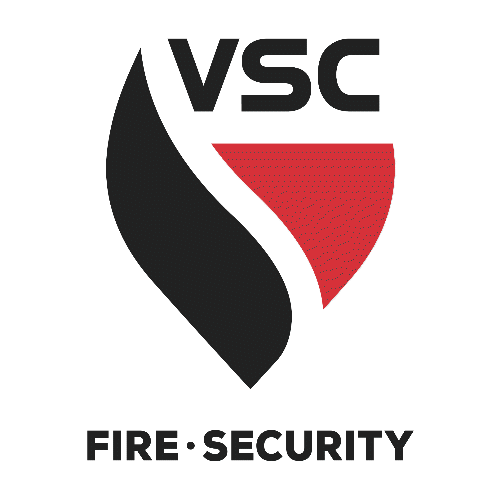
HAZARDS:
Many hazards related to equipment that you use in the workplace can be eliminated when you conduct
safety inspections designed to identify missing components, defects and malfunctioning parts.
When you fail to complete a safety check, you risk causing injuries or property damage due to faulty equipment; nip points; entanglement with overhead structures & utilities; striking objects or crushing people due to brake failure, loss of hydraulic pressure, or inoperable backup alarms; electrocution from contact with power sources; and dropped loads.
Preventative Measures:
- You must give your full attention to Safety when working around ANY gas, diesel, hydraulic, electric, or any other powered equipment onsite.
- ALL equipment needs to have a documented pre-shift inspection before use to ensure that all lights, audible alarms, and other safety functions are working properly. (If you do not have an inspection checklist for the specific piece of equipment, contact your local safety manager to get one!)
- Establish a defined route and clear visual path for the operator when moving equipment from point A to point B in and around a jobsite.
- Set up of the equipment at the work area should be stable and have enough space to allow the equipment and workers to perform the planned tasks.
- Use 3-point mounting and dismounting technique to step off heavy equipment – NEVER JUMP OFF EQUIPMENT.
- Stay 10 ft away from the working area of equipment where contact could result in personal injury or damage during operations. When working around power lines a 15 ft distance needs to be maintained.
- Use spotter, signals, and two-way radio for communication between the equipment operator and person in charge of the work crew to accomplish safe movement of the equipment.
- Maintain a clear line of site between the operator and workers. Blind spots are common. If you cannot see the operator, they cannot see you.
- Always try to walk on the driver side of equipment as the passenger side has a larger blind spot.
- Be aware of the swing radius on certain equipment- if possible, cordon off the area with barriers or caution tape.
- Wear high visibility clothing and Personal Protective Equipment when working on or around equipment.
- Never work under a suspended or overhead load.
When working around equipment, make eye contact with operators! Do not assume equipment operators see you.
